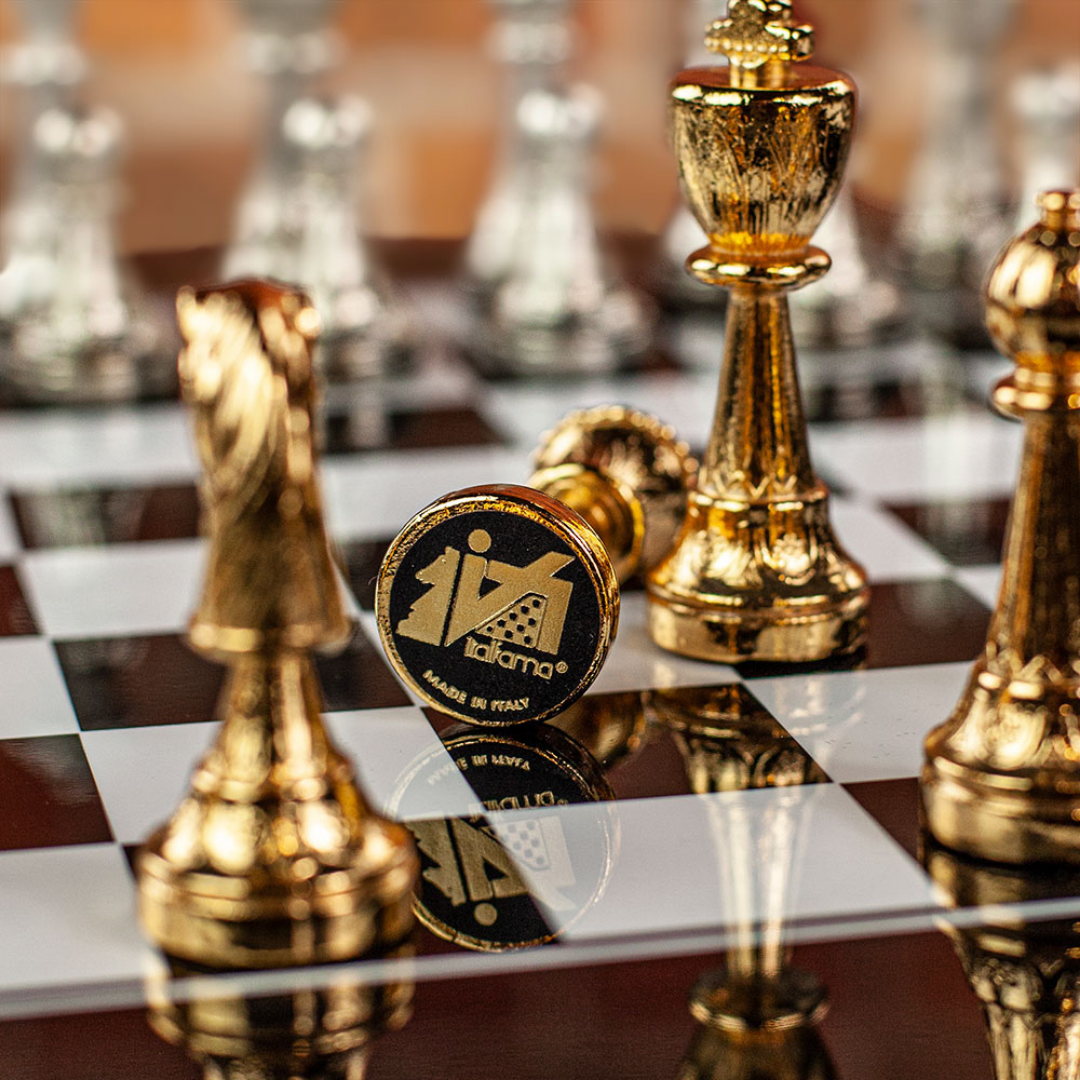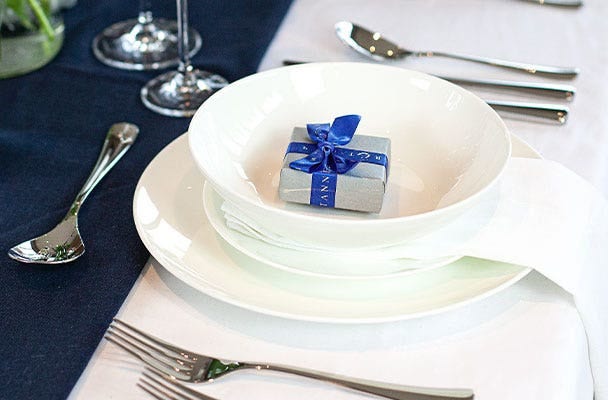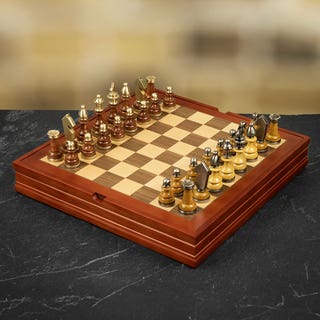The Farrar Tanner Guide to Choosing the Perfect Chess Set

The Farrar and Tanner Guide to Choosing the Perfect Chess Set
The wide variety of sizes, styles and price can be a bit overwhelming at first glance. So, we’ll start with choosing a suitable set of pieces. However, first a little history.
Chess has been played for hundreds of years, its history being traced back to the 7th century, or earlier in rather different forms. However, until the mid-19th century sets were either very ornate ‘reproduction royal court’ sets or alternatively of very simple design with pieces determined by height alone.
In the 1840’s Nathaniel Court of the Illustrated London News teamed up with John Jacques to produce a new and elegant design using simple design elements to distinguish the pieces. The first British World Champion, Howard Staunton, was so taken with the design that he agreed to give his name to the set, the classically recognised Staunton design, still setting the standard for competition.
Chess Pieces
Chess Piece Size
Chess set sizes are universally determined by the King size, originally by the base diameter but since the early 20th century by the King height with a scale developed, the Staunton Scale, from St.00 (2inches high) through to St.16 (6.5 inches high).
The International Chess Federation suggests St.5 or St.6, a height of 3.5” to 3.75” (or 87 to 95 mm) for competition, although generally 3.5” is nowadays considered on the small size for competition while the slightly larger St.7 of 4” is commonly accepted.
Chess Piece Design
The classic set will be carved wood in a variety of Staunton designs, but all having in common the classic distinguishing design elements and similar scale. Any decent set will now be weighted, often double weighted, and with a felt base to give the pieces a satisfying substantial feel.
However particularly for home use, a wide variety of materials are now used, aside from wood. These can include onyx or marble, various resins and metal, either pressed, cast or turned. These tend to be more individual in design and can make great statement pieces. One such beautiful example is the Isles of Lewis sets in resin, copying the pieces found in the Isle and thinking to date from AD 1150.
Chess Boards
Frequently pieces will come matched with a suitable board, however chess aficionados will often prefer to select their own board.
The most classic boards are made in Spain by Rechapados Ferrer who supply many of the world chess competitions. A traditional board will be unfussy, finished in inlaid walnut and sycamore.
An Enhanced Design
For something still retaining a traditional look but with some enhanced design elements, something like Rechapados's framed design, with extra fine inlaid border and a moulded black edging fits the bill nicely.
Eye-Catching Boards
And for something more eye catching, we offer a range of ornate inlaid ‘mother of pearl’ finish boards from Helena in Turkey, including in stunning black wood.
Storage
For a practical storage option, you could choose a board with integrated, for example this statement chess board from Italfama. This hand finished inlaid wooden board beautifully detailed with three different shades of wood can be lifted away to reveal storage spaces for pieces beneath.
Travel Sets
For home use a slightly smaller set is often preferred, with a King size of about 2.75” to 3” (70-75 mm) referred to as ‘Library Size’ back in the days when a home library was more common! This is however still an ideal size for more intimate home play.
For convenient holiday use, or visiting friends and family, then a travel set is ideal, smaller, often with magnetic pieces and the pieces being contained within the folding board case.
But what size?
The World Chess Federation (FIDE) say that the squares should be between 5 and 6 cm (2.0 to 2.4 inches). This would be with a tournament king of 9.5cm. So, if your pieces were smaller then a smaller board would be a better fit.
The general rule being that the king base should be 75-80% of the square size, although personally, I would prefer a slightly more generous size. For instance, the beautiful Italfama brass set here matched with 40 mm squares is a ratio of 70% but looks very balanced.
Conclusion
Hopefully this guide has given you a few ideas. While for competition the rules are fairly rigid, however if you are buying for your personal use then you can be more flexible and choose a board and piece combination of greater design and beauty that reflects your taste and will give you a lifetime of pleasurable play.




































































































